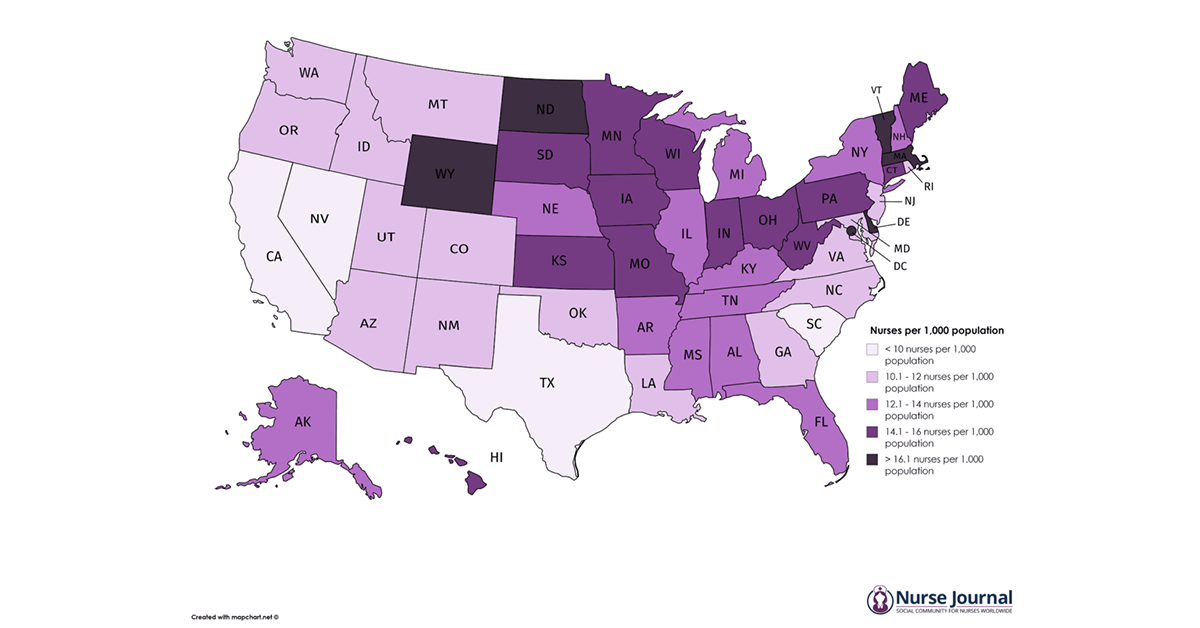Nursing has been an in-demand profession for years, with nearly every major hospital hiring for…

Value-Based Payment
Value Based Payment (VBP) is a concept by which purchasers of health care (government, employers, and consumers) and payers (public and private) hold the health care delivery system at large (physicians and other providers, hospitals, etc.) accountable for both quality and cost of care.
The American Academy of Family Physicians (AAFP) recognizes the urgency to improve both efficiency and effectiveness in the delivery of medical care, in which “efficiency” is understood to mean “doing the thing right” and “effectiveness” means “doing the right thing.” VBP is one approach to achieving a balance between efficiency and effectiveness. However, given the technical, legal and ethical challenges in designing and implementing VBP, it is imperative that the key physician measurement processes used in VBP should be transparent and adhere to the AAFP policies on “Public Reporting of Physician Performance, Guiding Principles,” “Data Stewardship,” and “Transparency.”
Value-Based Contracting
VBP’s aim is to promote enhanced population health management that should result in the improvement of health and/or systemic cost containment or reduction. VBP uses alternative payment models (APMs) or pay-for-performance (PFP) arrangements to create a combination of incentives and disincentives intended to encourage better health care decision making by tying compensation to certain performance measures. The AAFP believes increased investments in primary care, as a part of the total cost of care, is a necessity for enhanced population health management. Increased investments in primary care, using APMs and PFP, can be structured in many ways using a blended payment model and the guidelines listed in the AAFP policy on “Care Management Fees.” The most notable difference with value-based contracts is exposure of physicians to performance risk, or utilization of unnecessary services.
It is important to distinguish between insurance risk and performance risk. Insurance risk spreads the financial burden of disease, accident, or injury over a large number of people. Insurance companies or health plans are regulated by state law and have required financial reserves to take on the insurance risk. Physicians should not take on insurance risk but should be responsible for managing the rates of utilization of services along with the quality and availability of those services. Contracts that require physicians to assume performance risk should be tailored to specific market dynamics, socio-demographic factors, physician readiness, and available resources.
Performance Measures
In the current health care environment, family physicians face an unprecedented number of performance measures required by different payers. Because VBP incentives are tied to performance on specific quality measures outlined by each payer, the AAFP believes that measure harmonization across payers is imperative for success in value-based models. In addition, family physicians need to understand what is being measured and how those measurements are used in determining performance and payment. Appropriate criteria for performance measures can be found in the AAFP policy on “Performance Measures Criteria.”
Care Delivery, Management and Coordination
In order to achieve the expected outcomes and performance required by VBP, primary care must review key components to providing quality care such as delivery, care management, and care coordination across the medical neighborhood. Quality improvement lays the foundation for practices to meet expected outcomes and performance required by VBP. With a focus on health outcomes, practices will need an infrastructure that supports population health management and risk-stratified care management, which begins with attributing patients to their primary care physician. By identifying panels, physicians and their care teams are able to risk-stratify patients based on the individual care and support needs of each individual patient, thereby allowing for a current state assessment of the health of the population and a gap analysis of resource needs. For those patients with complex or multiple conditions, the primary care physician and care team will need to collaborate with any specialists, care provider, or community organization providing care to the patient to ensure ongoing timely and effective communication and coordination of care. Utilizing processes and coding such as Transitional Care Management (TCM) and Chronic Care Management (CCM) will assist in the implementation of new processes and may provide additional funding to support those changes.
Value-Based Payment Principles
The AAFP recognizes the importance and potential of VBP and supports these principles in its design and deployment:
- Be flexible in the following ways:
- Responsive to community needs, preferences, and resources
- Adaptable to different practice organizational models, structures of care, and physician specialties
- Responsive to individual patient preferences and socio-cultural backgrounds
- Respectful of differences in adoption of health information technology (HIT) while encouraging its effective spread
- Focus on tangible improvements in clinical outcomes.
- Reduce the per capita cost of health care.
- Utilize performance measures that are evidence-based, preferably endorsed through the National Quality Forum, clinically relevant, and aligned across payers.
- Involve multidimensional and comprehensive measurement of both quality and cost.
- Encourage the establishment of robust patient-centered medical homes, including the systems and HIT that are structurally necessary.
- Align payment models and performance measures among payers, providers, purchasers, and patients.
- Use reliable, accurate, scientifically valid, transparent, and timely data.
- Determine physicians’ capacity to carry performance risk and tolerance for such risk.
- Recognize, disclose, and balance the administrative burden and costs to physicians and other providers of participation and measurement in VBP with the incentives of the program.
- Recognize the path of quality improvement and cost containment or reduction in the medical practice and system, and not solely the outcome.
- Be accountable to patients, providers, payers and purchasers.
- Advance knowledge of effective and efficient episodes of care.
- Recognize explicitly the tradeoffs in value decisions.
- Be sensitive to the issue of health disparities.
- Involve practicing physicians in program design.
- Offer voluntary physician participation.
(2009 COD) (2016 COD)
Original Soruce: https://www.aafp.org/about/policies/all/value-based-payment.html




This Post Has 0 Comments